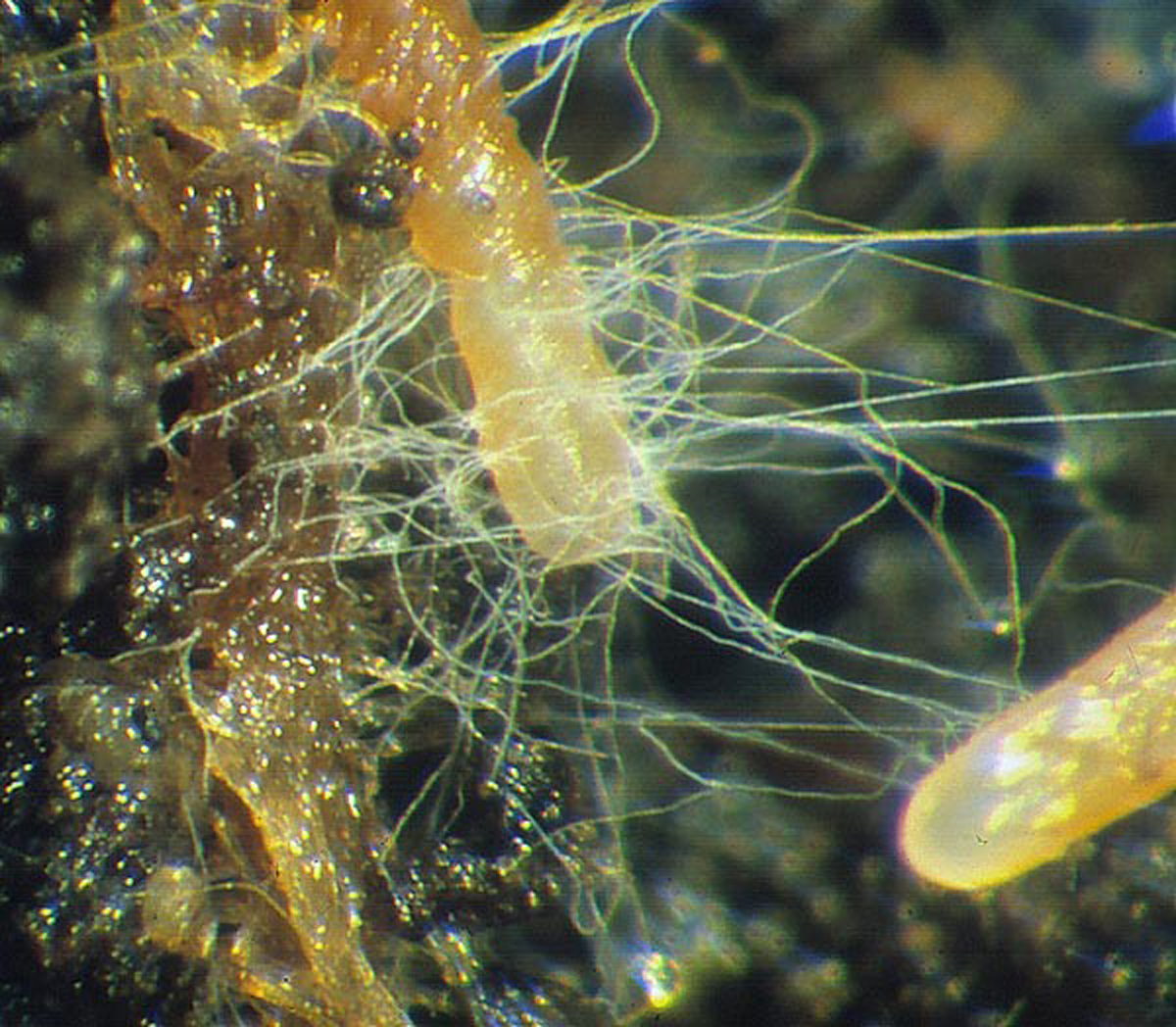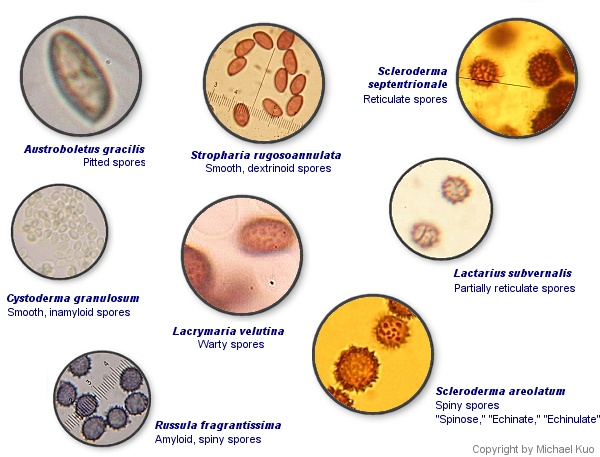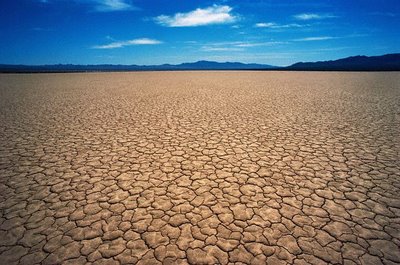Introduction

|
Fungi First An Exomycorrhizal
fungus forms mutual relationships with some plants, including maple
trees and ferns, to help them intake phosphorus, nitrogen, potassium
and water (Jenkins, 2005). 90% of all plants use Exomycorrhizal
fungi, such as Maple trees, to aid in the absorption of nutrients
such as potassium. But what are fungi? The definition of a fungus is
any of a group of unicellular, multicellular, spore-producing
organisms feeding on organic matter, including molds and yeast. A
fungus has much thinner roots than a plant, which allows it to
absorb nutrients, far better than plants. Also, whereas plants roots
will only extend down so far, fungi roots will grow in and direction
for longer distances. And what do the fungi get? Available
Potassium
Available
potassium refers to one of three types of potassium, found in the
soil: Unavailable, Slowly Available, and Readily Available
Potassium. Up to 98% of all Potassium contained in soil is in the
form of Unavailable Potassium, meaning that the form of the
Potassium is mostly crystalline and not easily accessible for use by
plants. Readily Available Potassium is ex Potassium: Deficiency and Abundance When there is a deficiency in potassium levels, plant growth is stunted (Rehm and Schmitt, 2002). And vice versa, if there is an abundant amount of potassium, then there should be a large amount of plant growth. Potassium is an essential nutrient for plant growth, potassium stimulates growth, increases protein production and improves resistanse to insects and diseases (Rehm and Schmitt, 2002).
|



